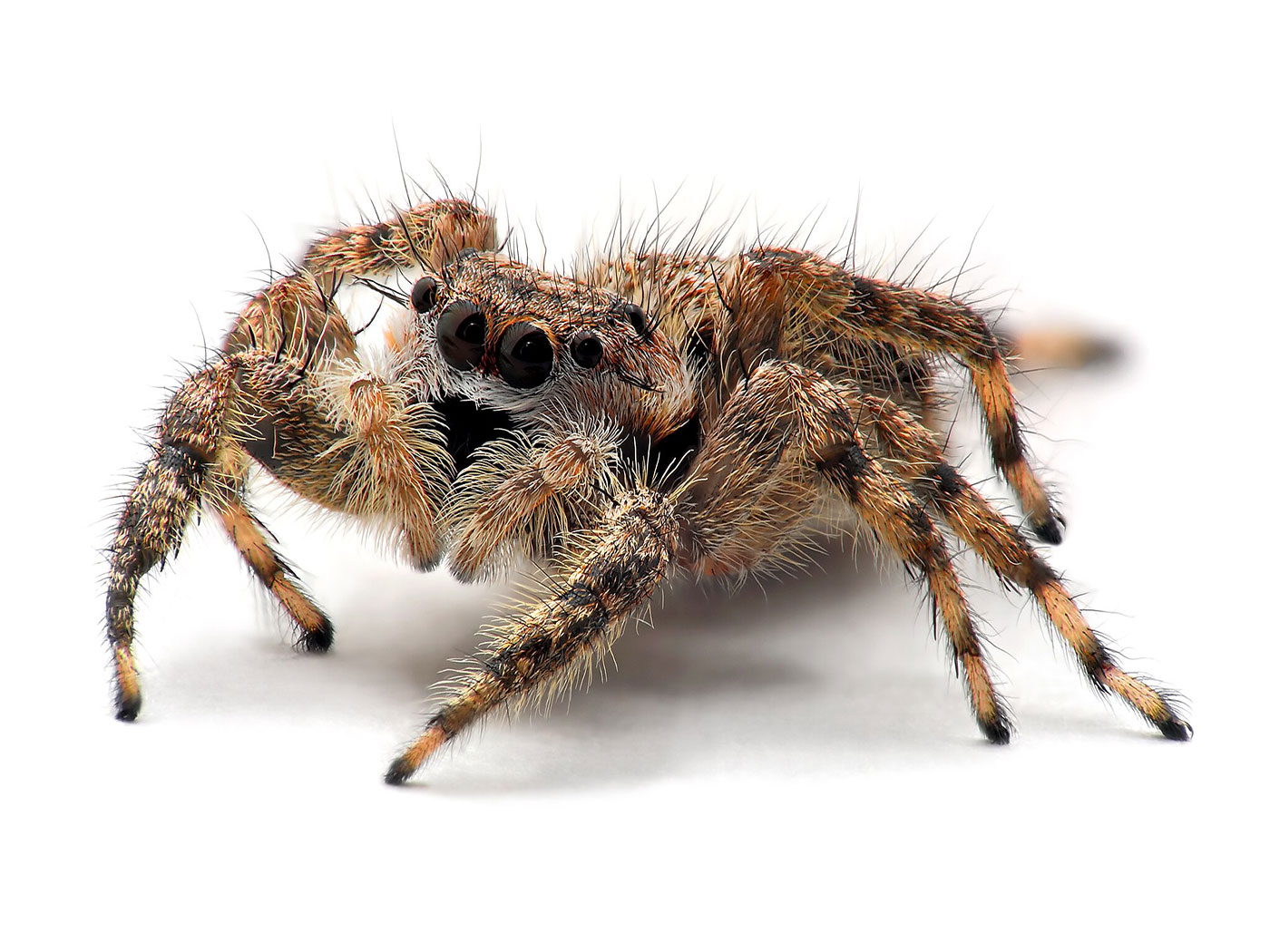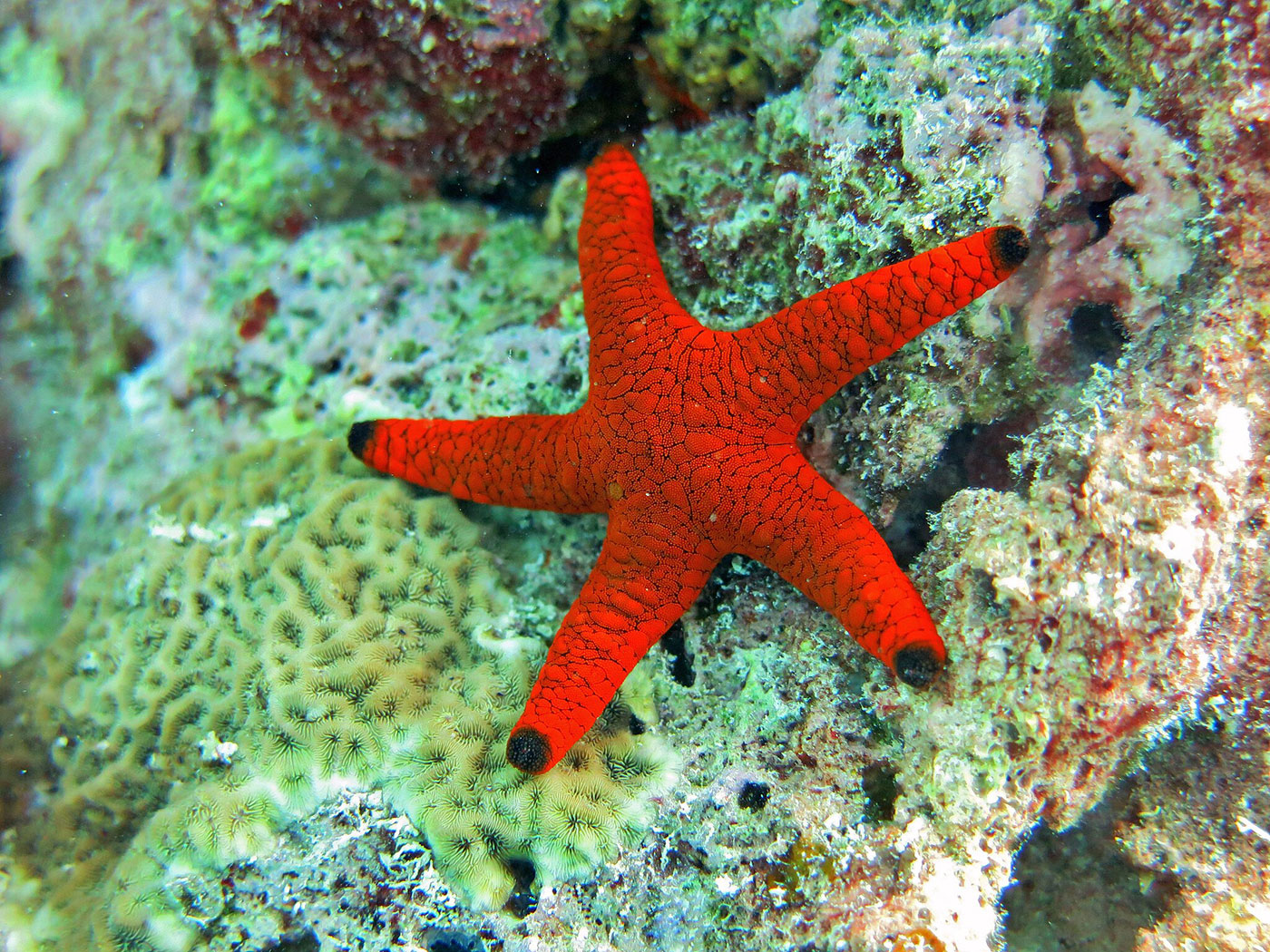What do the fossils of a bird and of a "hominid," separated by almost 225 million years on the evolutionary time scale, have in common? Technically, not much, but they both have powerfully rattled the cages of evolutionists, springing new leaks in a rotting theory, already threatening to founder in the Arctic seas of cold, hard scientific facts. The "hominid" is an alleged 1.8-million-year-old fossil of a creature called Homo habilis, discovered in the Olduvai Gorge of Tanzania by an expedition headed by Donald Johanson, Director of the Institute of Human Origins, University of California, Berkeley. Evolutionists have always maintained that Homo habilis is intermediate between apes and man. The fossil bird was discovered in the "225-million-year-old" Dockum Formation near Post, Texas, by Sankar Chatterjee, a paleontologist at Texas Tech University. The article in Nature, a British science journal, announcing the discovery of the two fossilized birds 1 was headlined, "Fossil Bird Shakes Evolutionary Hypotheses," and the article in Science, an American science journal, discussing the discovery of the fossil "hominid" was entitled, "The Earliest 'Humans' Were More Like Apes." 2
Man (Homo sapiens) is the only living species within the family of man, the Hominidae. Creationists believe that Homo sapiens is the only species that has ever existed within the Hominidae. Evolutionists, on the other hand, believe that sometime (estimates vary from four to 30 million years ago), man and apes shared a common ancestor. Somehow, they believe, this ancestral population gave rise to two evolutionary lines, one leading to modern apes and the other leading to modern man. Evolutionists include all of the hypothetical intermediates in the line that led from ape to man in the family Hominidae, and all such supposed intermediates are called "hominids."
Fossils of ape-like creatures, given the genus name of Australopithecus, have been found in Africa, including A. africanus in South Africa by Raymond Dart, A. bosei in East Africa by Louis Leakey, and A. afarensis in Ethiopia by Donald Johanson. Louis Leakey discovered fossils of creatures in the Olduvai Gorge in Tanzania which he claimed were more "advanced" than the australopithecines…sufficiently advanced to place them in the same genus as man. He designated these creatures Homo habilis ("handy man"), believing that they had formed primitive tools. 3 Many paleonanthropologists argue, however, that these creatures were simply variants of the australopithecines. It has long been maintained by most evolutionists that the australopithecines, although grossly ape-like, had teeth somewhat more man-like than those found in modern apes, and that they walked upright, essentially, in a human manner. They were thus supposedly on their way to becoming people, and are called "hominids." Some evolutionists, on the other hand, such as Lord Zuckerman and Charles Oxnard, strongly dispute this view, maintaining that the australopithecines did not walk upright in the human manner and were not intermediate between ape and man.4
The discovery of a more complete fossil skeleton of Homo habilis, although still quite fragmentary, considerably strengthens the contention of creation scientists that these creatures, while not the same as any one of the modern apes, were, nevertheless, simply apes, in no way related to man. The fossil remains were discovered by Tim White of the Johanson team and are described in a recent Nature article. 5 Several important features of this creature took evolutionists by surprise. The first shock was its tiny stature. The fossil is of an adult female that stood only about three feet tall. This is as short, or shorter, than that of "Lucy," the alleged 3.8-million-year-old adult female, A. afarensis, discovered in Ethiopia by Johanson. Furthermore, the postcranial skeleton (that portion of the skeleton below the skull) was every bit as primitive, or ape-like, as that of "Lucy," who is supposedly two million years older than this allegedly 1.8-million-year-old adult female, H. habilis. Recovery of the remains of the arm of this H. habilis fossil revealed the fact that, just as is true of apes, it had very long arms, with finger tips reaching almost down to the knees.
All of the species of Australopithecus and Homo habilis had long curved fingers and long curved toes. Creatures with such anatomical features use them for only one purpose…swinging from branch to branch in the trees. So much for the supposed human-like upright locomotion of Homo habilis and Australopithecus, including "Lucy."
Hardly more than a year ago, Alan Walker, of Johns Hopkins University, and Richard Leakey, son of Louis and Mary Leakey and Director of the National Museums of Kenya, announced the discovery of the fossilized remains of a 12-year-old male on the western shore of Lake Turkana in Kenya. 6 Its height was 5'6", and Walker and Leakey estimated that if he had lived to adulthood, he would have been six feet tall, Walker declared that its postcranial skeleton was so similar to that of modern man he doubted whether an average pathologist could tell the difference. Furthermore, he said that when they placed the jaw on the skull, it looked similar to Neanderthal Man. In spite of the fact that Neanderthal Man is classified as fully human Homo sapiens, and that the postcranial skeleton of this 12-year-old male was essentially identical to that of modern man. Walker and Leakey classified him as Homo erectus, a sub-human species, rather than Homo sapiens. No doubt one of the major reasons for this is the fact that the fossil was dated at 1.6 million years, supposedly 1.5 million years older than Homo sapiens.
These results posed a surprise for evolutionists. Here we have supposedly that most primitive hominid, "Lucy" (A. afarensis), allegedly 3.8 million years old, and the new fossil of H. habilis fossil being much more advanced and man-like, as evolutionists would expect, it is a three-foot-high creature with long arms bearing long curved fingers, just as do modern apes. Since its postcranial skeleton is essentially identical to that of "Lucy," a creature supposedly two million years older, there had been no evolutionary change whatsoever in the postcranial skeleton in these alleged two million years. Then, 200,000 years later, according to evolutionists (a mere blink of the eye on an evolutionary time scale), all of a sudden a creature appears (the 12-year-old Homo erectus of Walker and Leakey) that has a postcranial skeleton essentially identical to modern man, and nothing further happens to the postcranial skeleton for the next 1.6 million years!
If all of this is true, as evolutionists believe, then evolution is a tricky game, indeed. The australopithecines ("Lucy" and her fellow creatures) abruptly appeared about four million years ago…from where, nobody knows. These little creatures, three to four feet tall, then stick around for about two million years or more with no essential change, certainly as far as their postcranial skeleton is concerned. Then, in a blink of geological time, their postcranial skeleton, with long arms and long curved fingers and toes, is replaced by a postcranial skeleton essentially identical to that of modern man, which then remains uncharged up to the present, or about 1.6 million years.
Do we see evolution here? Absolutely not. Ape-like creatures (the australopithecines) suddenly appear without a trace of an ancestor. Their remains are scattered throughout southern and eastern Africa, with no more variation among them, either geographically or temporally, than can be found among different human tribes today. Then Homo erectus suddenly appears in Africa with a postcranial skeleton essentially identical to that of modern man and tremendously different from that of australopithecines. Creation scientists eagerly await further fossil discoveries, confident that additional discoveries will deal the same fate to present-day supposed human ancestors as was dealt to Piltdown Man (a hoax), Nebraska Man (a pig's tooth), Ramapithecus (an orangutan), Orce Man (a donkey's skullcap), and Neanderthal Man (promoted to Homo sapiens).
Now for the birds. Archaeopteryx, a fossil bird found in rocks of the so-called Upper Jurassic, supposedly about 150 million years old, has long been claimed by evolutionists as the oldest known bird-like creature, intermediate between reptiles and birds. Although it had the basic form and pattern of the avian wing, feathers identical to those of modern flying birds, perching feet, a bird-like skull, a furcula, or wishbone, and other bird-like features, evolutionists have claimed it had many reptilian features, including claws on the wings, teeth, and a long tail. Several birds living today, however, have claws on the wings, and it is not surprising that, among birds, some had teeth and some did not. This is true of every other class of vertebrates, including fish, amphibians, reptiles, and mammals. The teeth of Archaeopteryx, and of other birds with teeth, were distinctly different from those of reptiles. Furthermore, research during the past few years has shown that many of the alleged reptile-like features of Archaeopteryx are actually bird-like. 7,8 As with Piltdown Man, evolutionists saw in Archaeopteryx what they hoped and expected to see, rather than what was really there.
The discovery of the two fossil birds in the Dockum Formation near Post, Texas, by Chatterjee, has dealt a final fateful blow to Archaeopteryx as a transitional form between reptiles and birds. The fossil bird discovered by Chatterjee is alleged to be about 225 million years old, or 75 million years older than Archaeopteryx. An age of 225 million years is supposed to correspond with the beginning of the so-called Triassic Period, the first geological period of the Mesozoic Era, the supposed era of the dinosaurs. Now, what would evolutionists expect of a bird as old as the oldest dinosaurs…75 million years older than Archaeopteryx? Why, of course, they would expect this bird to be very reptile-like, much closer to its reptilian ancestor than Archaeopteryx. Sad to say for evolutionists, it just wasn't so. The fossil bird discovered by Chatterjee was just the opposite…even more bird-like than Archaeopteryx! Chatterjee's fossil bird had a substantial keel, or sternum, characteristic of most modern birds, but absent, as far as we know, in Archaeopteryx, and it had hollow bones, also characteristic of most modern birds (but not all), while Archaeopteryx had solid bones. Chatterjee states that the fossils of his newly discovered bird have advanced avian features that place this bird closer to modern birds than Archaeopteryx. 1 Chatterjee's discovery should now completely mute the claims for a transitional status for Archaeopteryx.
1 Tim Beardsley, Nature, 322:677 (1986)
2 Roger Lewin, Science, 236:1061 (1987)
3. Louis Leakey, P. V. Tobias, and J. R. Napier, Nature 202:5 (1964).
4 See D. T. Gish, Evolution: The Challenge of the Fossil Record, Master Books, El Cajon, CA, 1985, pp. 148-151.
5 D. C. Johanson (and nine co-authors), Nature, 327:205 (1987).
6 See D. T. Gish, ibid., pp. 200-202.
7 M. J. Benton, Nature, 305:99 (1983).
8 L. D. Martin, J. D. Stewart, and K. N. Whetstone, The Auk 97:86-93 (1980).
* At time of publication, Dr. Gish was Vice President of the Institute for Creation Research.
Cite this article: Gish, D. 1987. Startling Discoveries Support Creation. Acts & Facts. 16 (9).













